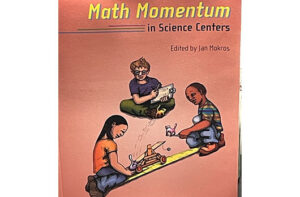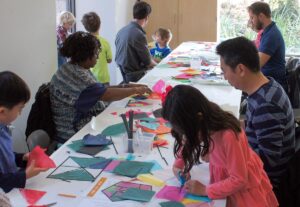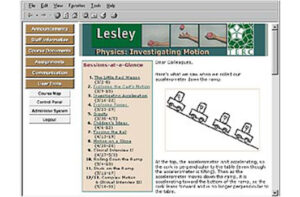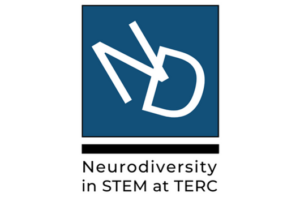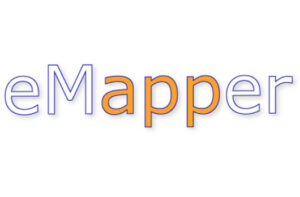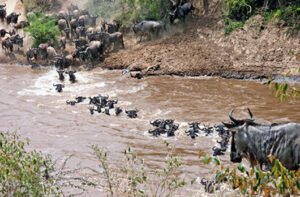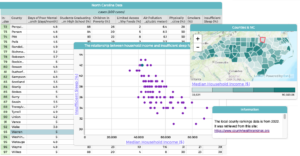Transforming College Students’ Statistical Thinking: Data, Technology & Modeling
An investigation of students’ statistical learning using a modeling and simulation approach.
Lead Staff:
Jennifer NollProject Staff:
Andee RubinSummaryStatistics and data analysis play an increasingly important role in modern society. Without the ability to work with data (e.g. organize, represent, summarize, and model) it is impossible to adequately understand and begin to solve major social issues and make important decisions regarding personal health, finances, and political choices.
This project developed frameworks for understanding how students learn to represent, model, and organize data as part of their understanding of statistics and data analysis. The project investigated conjectures made within the statistics education community about the advantages of using technology to teach statistical inference from a modeling and simulation approach as well as investigating the use of technology for data detective work (organizing, representing, and summarizing data).
The collection of rich data gathered in classrooms explored:
- The ways students use technology to construct models and run simulations to answer statistical questions
- How students use technology to organize represent and interpret data sets
These findings allowed the principal investigator to understand the development of students’ learning of statistical modeling and inform the revision and further design of curricular materials focused on teaching modeling and simulation approaches.
Research ActivityFeatures of this project included a research-based investigation of new curricular approaches to undergraduate statistics teaching and learning with extensive use of software for learning about data organization, representation, modeling, and simulation. This project enhanced and complemented an existing research-based curriculum, CATALST (Change Agents for Teaching and Learning Statistics) that incorporates technology for students’ learning. The data collected included classroom observations and video, student interviews, and assessments of student learning.
ImpactResults included tools for undergraduate statistics instruction to better support statistics teaching and learning for undergraduates. This work informed educational strategies in the statistics classroom for all students.
Related WorkNoll, J & Kirin, D. (2017). Tinkerplots model construction approaches for comparing two groups: Student perspectives. Statistics Education Research Journal, 16, pp213-243.
Statistics and data analysis play an increasingly important role in modern society. Without the ability to work with data (e.g. organize, represent, summarize, and model) it is impossible to adequately understand and begin to solve major social issues and make important decisions regarding personal health, finances, and political choices.
This project developed frameworks for understanding how students learn to represent, model, and organize data as part of their understanding of statistics and data analysis. The project investigated conjectures made within the statistics education community about the advantages of using technology to teach statistical inference from a modeling and simulation approach as well as investigating the use of technology for data detective work (organizing, representing, and summarizing data).
The collection of rich data gathered in classrooms explored:
- The ways students use technology to construct models and run simulations to answer statistical questions
- How students use technology to organize represent and interpret data sets
These findings allowed the principal investigator to understand the development of students’ learning of statistical modeling and inform the revision and further design of curricular materials focused on teaching modeling and simulation approaches.
Features of this project included a research-based investigation of new curricular approaches to undergraduate statistics teaching and learning with extensive use of software for learning about data organization, representation, modeling, and simulation. This project enhanced and complemented an existing research-based curriculum, CATALST (Change Agents for Teaching and Learning Statistics) that incorporates technology for students’ learning. The data collected included classroom observations and video, student interviews, and assessments of student learning.
ImpactResults included tools for undergraduate statistics instruction to better support statistics teaching and learning for undergraduates. This work informed educational strategies in the statistics classroom for all students.
Related WorkNoll, J & Kirin, D. (2017). Tinkerplots model construction approaches for comparing two groups: Student perspectives. Statistics Education Research Journal, 16, pp213-243.
Results included tools for undergraduate statistics instruction to better support statistics teaching and learning for undergraduates. This work informed educational strategies in the statistics classroom for all students.
Noll, J & Kirin, D. (2017). Tinkerplots model construction approaches for comparing two groups: Student perspectives. Statistics Education Research Journal, 16, pp213-243.

Funder:
National Science Foundation
Award Number:
1823081
Dates:
11/2017 – 02/2020
Past ProjectThis project is no longer active. To see a list of current TERC projects, please click here.
Share This Page:

